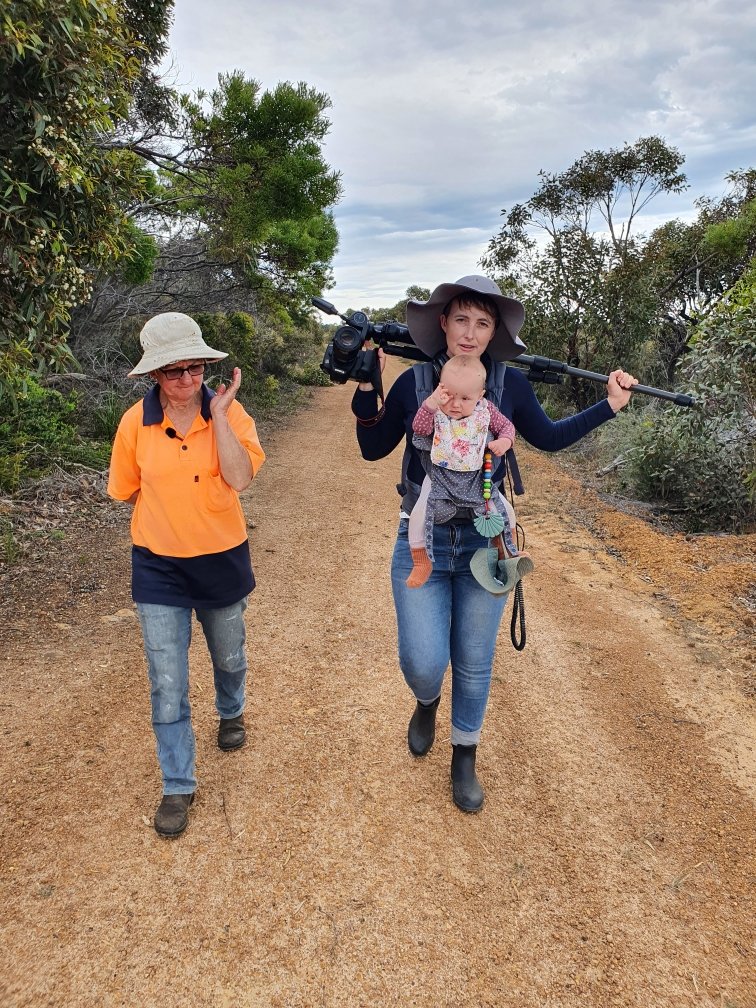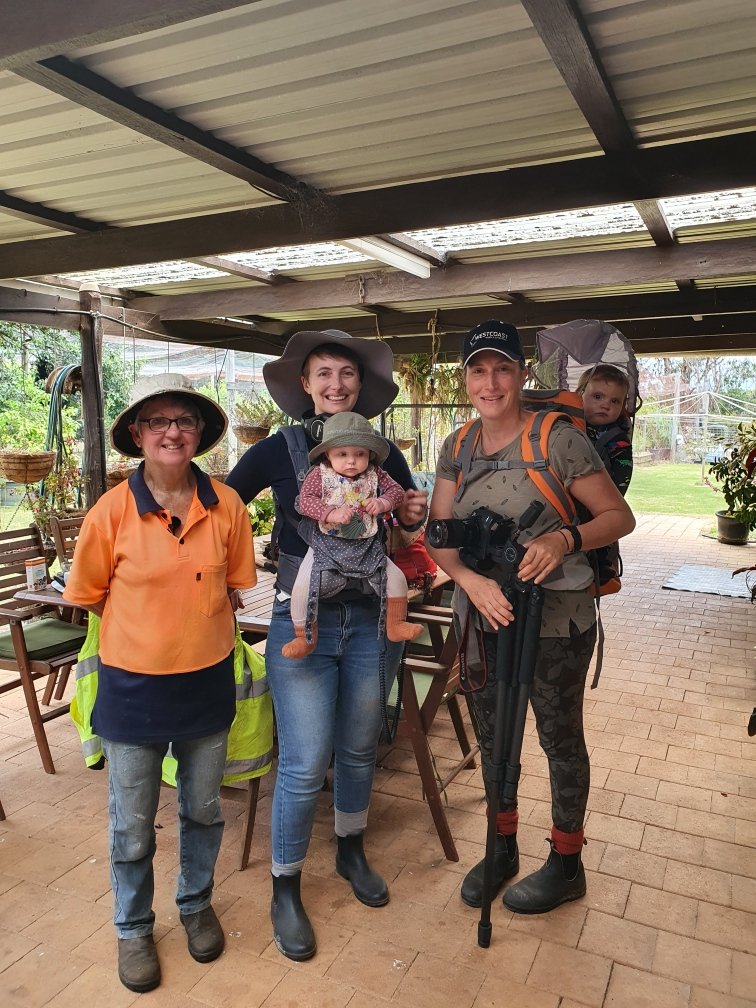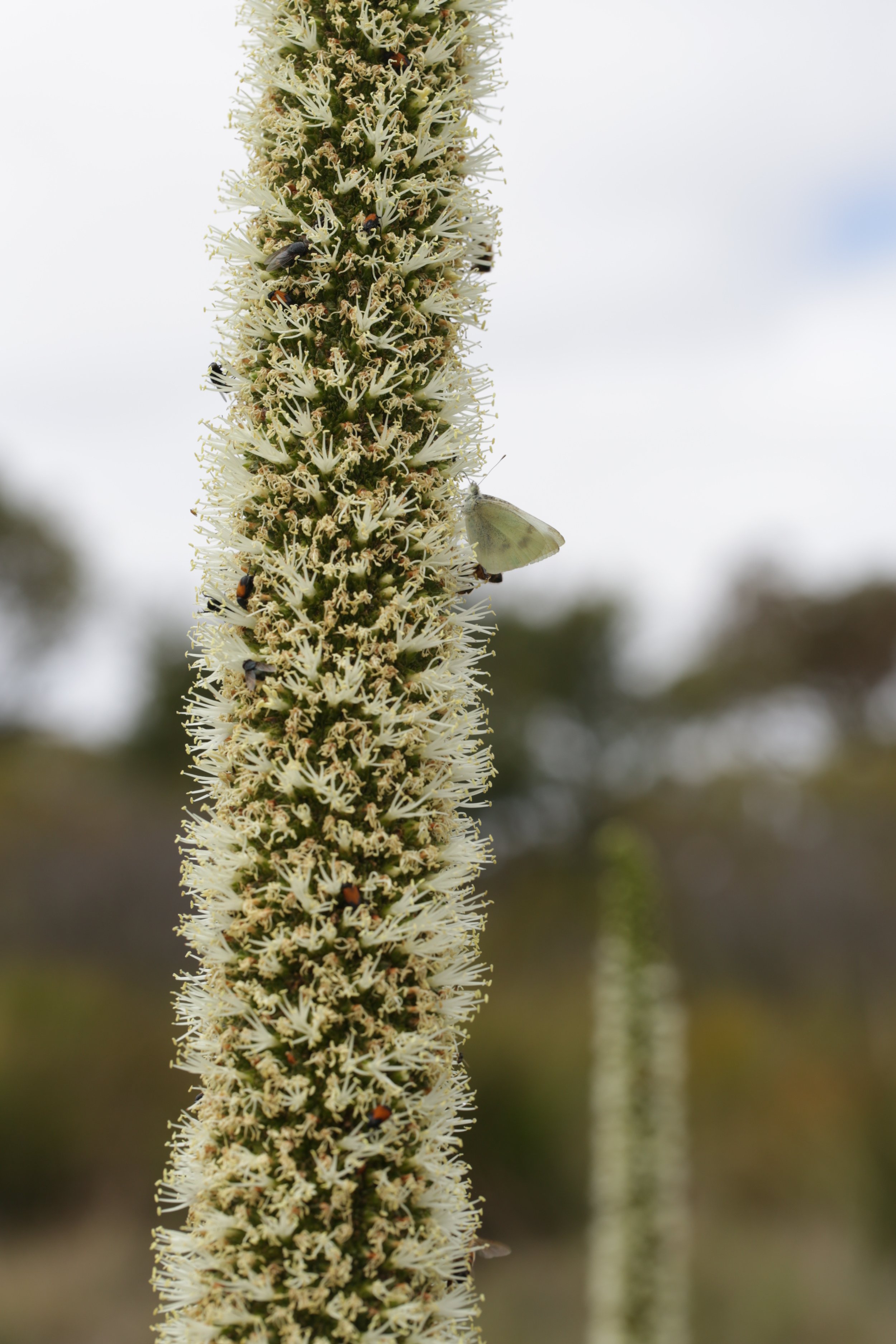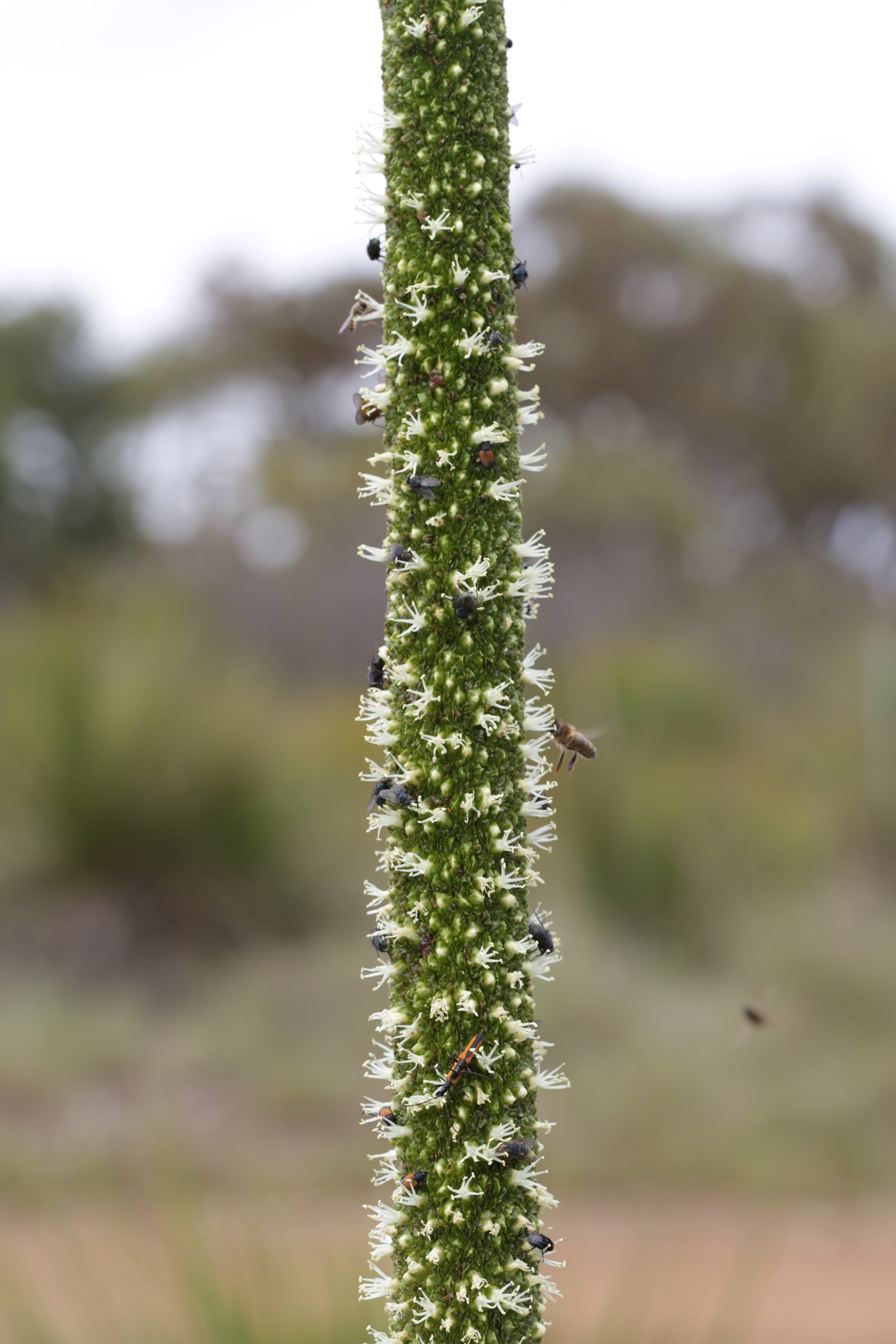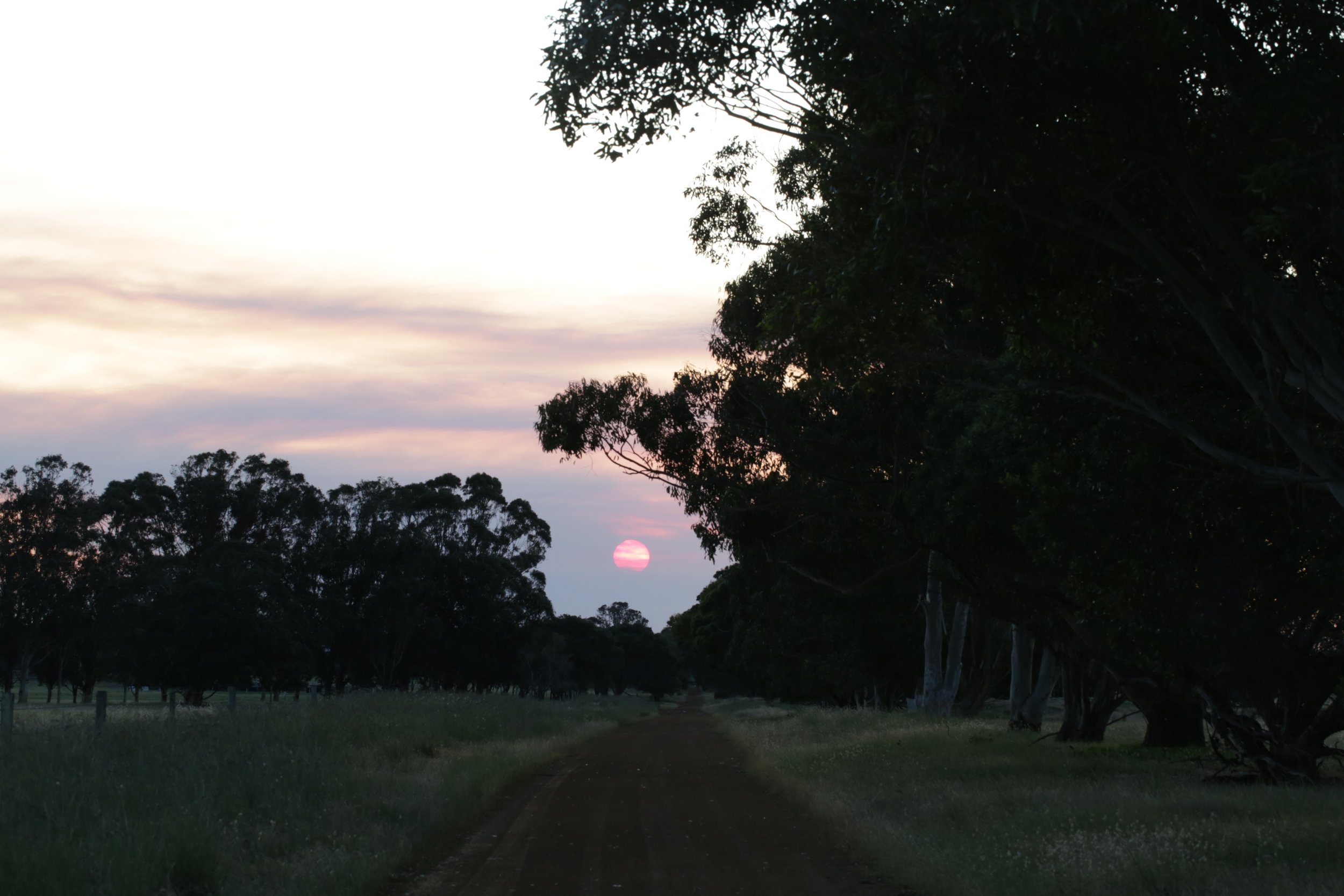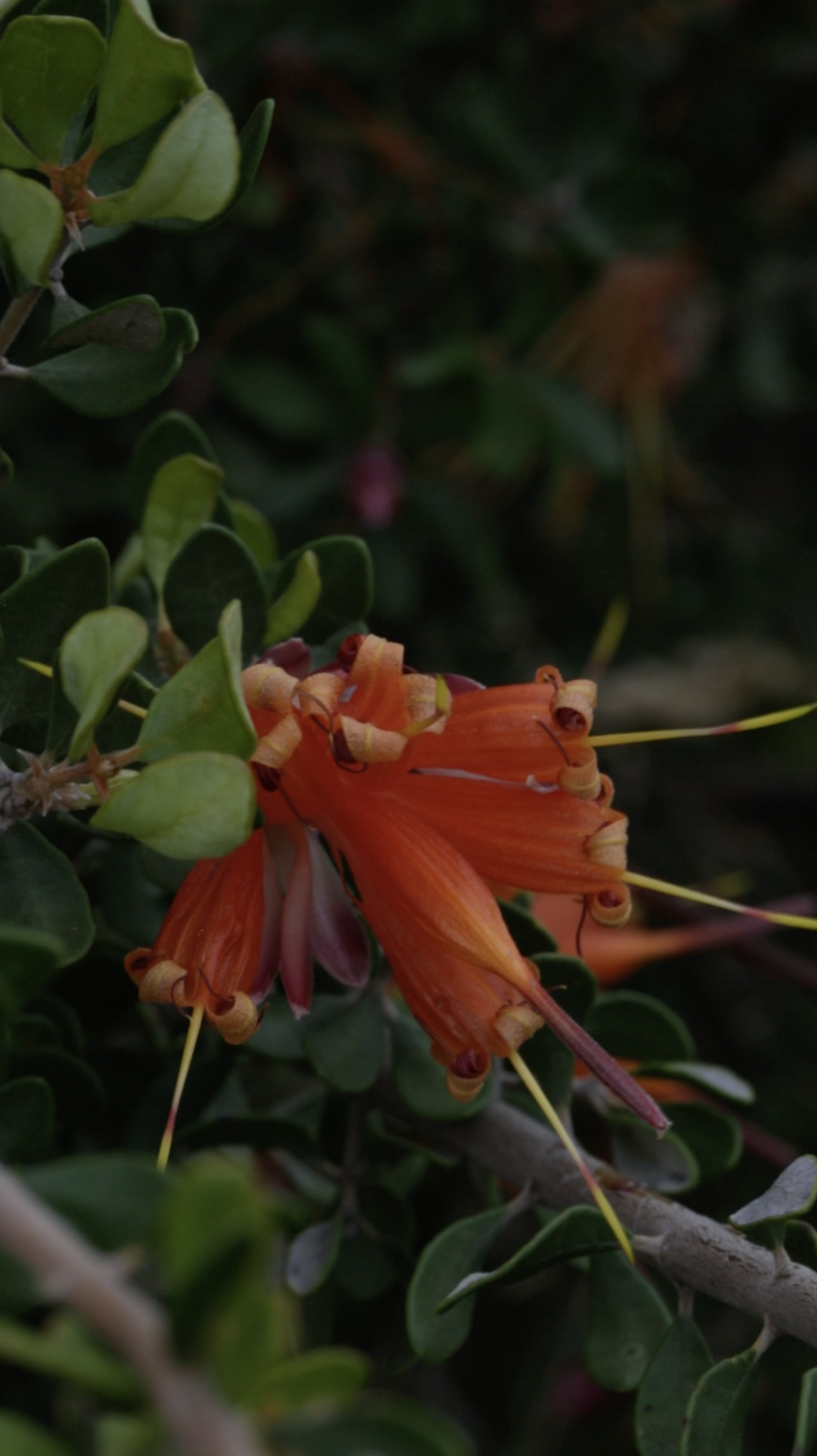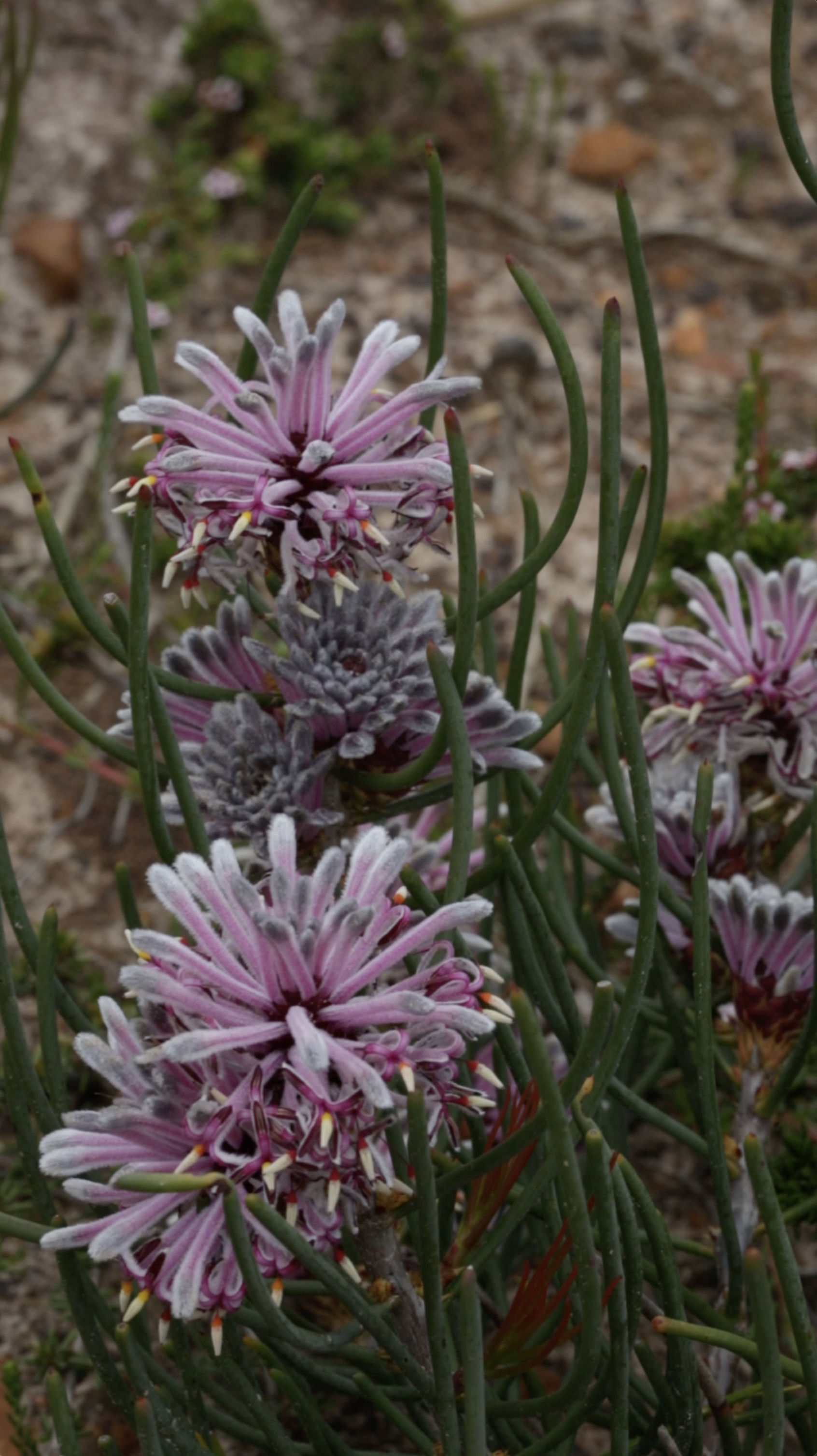Rural Utopias Residency: Elizabeth Pedler in Wellstead Stage 2 Reflection #3
Elizabeth Pedler is currently working with the community of Wellstead. This work is one of over ten, forming part of one of Spaced’s current programs, Rural Utopias.
An artist interested in the range of participation possible in art, Elizabeth's practice spans from playful and interactive installations to collaborative relational aesthetics. Identity, food, and community involvement are areas of particular focus, and have led to significant artistic development in her recent arts practice, engaging with audiences through the sharing of experiences and storytelling.
Here, Elizabeth shares an update from Wellstead.
27 November – 3 December 2022
The third week of the residency I stayed at the Nissen hut (post-war accommodation, with a curved aluminium roof), and carried out two interviews with Juno as my helper. Aside from these interviews, we spent most of our days with Richard, Kerry and Esmae, talking about the upcoming harvest and watching the girls play.
An early departure from Perth on Sunday morning meant we had plenty of time to break up the drive to Wellstead with lots of stops along the way. I got Juno out of the car at Williams, Kojonup, and Albany, so she could practice her newfound crawling skills. We arrived at Windi Windi – Richard’s farm at Cape Riche – a little after 5pm, and Juno explored the Nissen hut while I spent the time unpacking and then getting her ready for bed.
Over the week, we mostly assimilated with the life at the farm – Juno and I going out with Kerry and Esmae to move cattle, or helping Richard out where we could, such as in cleaning the shed in readiness for the oats harvest. On Monday morning Juno and I had a cup of tea with Richard in the morning, and talked about plans for the week. I captured some video of the balgas in flower, the tall pale yellow flower spines covered in pollinating bees, flies, and moths. Tuesday I spent my time during Juno’s morning nap doing some pencil drawings of Esmae, and planning how to make the sculpture from clay. After lunch we went out to have a look at the dam for white clay, but unfortunately the water level was too high for us to harvest this time, as it has been a very wet spring. I’ll just have to use the two buckets of clay we harvested back in August, and see how it goes. Wednesday was a busy day, with a visit to Barooga and an interview with Anna Gorman in the morning, then in the afternoon a trip to North’s flower farm on Wilwarri Rd, and an interview with Jenny North.
Kerry and Esmae joined Juno and I on the visit with Anna. She led us around the bush near the house. We were careful to stay on the clear tracks, away from the dense scrub, being the season for dugites and tiger snakes to emerge from hibernation. As we walked, Anna pointed out flowers, some native, others introduced such as the south African orchid. Looking into the dense undergrowth, she raised the serious concern for fires, and shared her memory of one particularly scary close call in 1995. That year a fire came close enough to the farmhouse that she had the kids collect their most precious toys, and they waited in the car, listening to the two-way radio to see when they would need to leave. While the fire never came to the house the memory of that day has stayed vivid, and in her description of the events I could sense the mixture of fear, danger, and smoke. The thick dry undergrowth she pointed out bears a warning, pointing to a fire that could come from an unlucky lightning strike. Back at the house, Anna also showed us her garden, with a crop of apples and pears, peaches, plums and other fruits growing heavy on the branches. Her garden showed evidence of many years of labour, and a great amount of thought put into creating windbreaks, raising beds for better watering, and protection of her fruits from birds.
Later that afternoon, Juno and I drove along the back roads of Mettler to North’s flower farm, and pulled up in front of a weatherboard cottage. Jenny North came out to greet me, and we went out in her car to look at the rows of banksia and eucalyptus planted on the modest 800ha property. Jenny shared a memory of her father bringing back Banksia coccinea for her and her sister Val, after his first visit when buying the property, back when they were still living in South Australia. The bright red flowers struck her as unfamiliar, and stuck in her memory, with the odd, rigid texture of the stigma and anther being almost like plastic. Jenny showed pride in her crops of flowers and foliage, cultivated carefully to ensure a year-round harvest going to wholesale as well as specialist florists. Back in the cottage, I sat down with Juno to occupy her with some toys, and Jenny talked about some of the challenges of the business, with the shift from wild harvest to growing their own flowers, coming up against competing international markets, and managing a sizeable company. Having started the business as a hobby that in its first year paid for a set of curtains, Jenny now works with her son and daughter-in-law, as well as up to 30 employees, across two properties, raising flowers from seed, all the way to cut flowers. Her immense passion for flowers comes second to her determination and appetite for hard work.
Thursday was a clear, sunny day, and Richard, Kerry and I took Juno and Esmae out to the beach in the morning. Juno was upset by the cold water, but calmed down as I held her. I sat with her in my lap, my legs in the water as the waves washed up the mouth of the Eyre river into the inlet, cool water gently rushing across my shins, birds wheeling in the sky above.
On Friday I drove with Juno across to Denmark to visit a friend Myla and her daughter Ilyarra, a year older than Juno. We walked with the girls down to the river, where Myla jumped in for a swim while I stayed on the bank with the girls. Seeing Myla and Ilyarra was a reminder of how quickly babies grow and change. Last time I’d seen Ilyarra twelve months ago, she was a little smaller than Juno now, crawling confidently across the floor, trying out foods for the first time, and beginning to explore the world. Now she was walking, running, and (quietly) talking. By the end of the week in Wellstead, Juno was crawling at speed across the wood floors of the Nissen hut where we were staying, playing more confidently without my intervention (at least for a few minutes) and taking just 2 naps a day – all fresh developments.
I drove us back up to Perth on Saturday, stopping again at the now familiar playgrounds and petrol stations along the way. Juno largely slept through the drive, only complaining from Armadale until we got home to Highgate around 6pm. Getting inside, I was quick to unpack Juno’s things and get her ready for bed, wipe the red dirt out from under her little fingernails and zip her into a clean suit, then put her down to sleep in her own cot. I’ve since cleaned myself off, washed our clothes, and unpacked the toys, but the car still bears the flies and dust from the journey, sitting there as a reminder of where we’ve been, at least until I can find some time to wash it.
Images 1-3 by Kerry DellAgostino..
All other photos courtesy of the artist.

